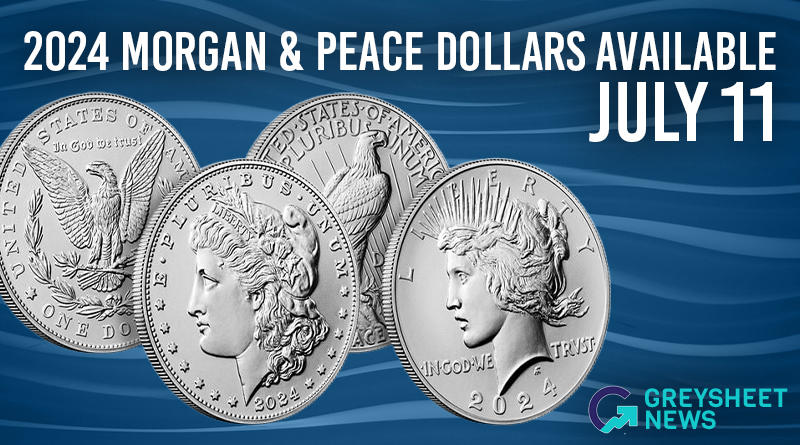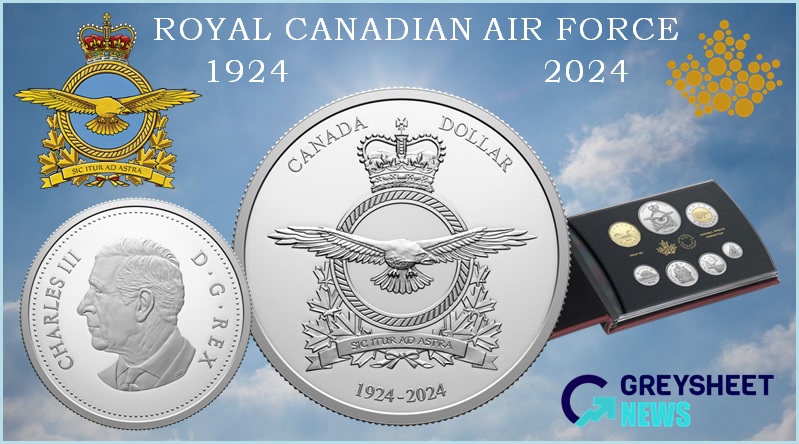Greysheet & CPG® PRICE GUIDE
- World Currency /
-
Yugoslavia Currency & Banknote Values
About Yugoslavia
For earlier issues, see Kingdom of Serbs, Croats, and Slovenes. On 29 October 1918, at the end of World War I, Slovenes, Croats, and Serbs residing in what were the southernmost parts of the Austro-Hungarian Empire proclaimed themselves the State of Slovenes, Croats, and Serbs. The Serbs referenced in the name where those resident in Bosnia and Herzegovina, Croatia-Slavonia, Dalmatia, and Syrmia, although the new national council aspired to create an even larger Pan-Slavic state. On 1 December 1918, Prince Regent Aleksandar Karadjordjevic of the Kingdom of Serbia proclaimed its unification with the State to form the Kingdom of Serbs, Croats, and Slovenes, and assumed the title King Alexander I. On 6 January 1929, in an effort to combat local nationalism, King Alexander I of the Kingdom of Serbs, Croats, and Slovenes proclaimed a royal dictatorship under the new name of the Kingdom of Yugoslavia. He was determined that Serbian, Croatian, or Slovene nationalism would be replaced by a wider loyalty, Yugoslav (“South Slav”) patriotism.
Related Stories (powered by Greysheet News)
View all newsLegal Disclaimer
The prices listed in our database are intended to be used as an indication only. Users are strongly encouraged to seek multiple sources of pricing before making a final determination of value. CDN Publishing is not responsible for typographical or database-related errors. Your use of this site indicates full acceptance of these terms.









 Loading more ...
Loading more ...




